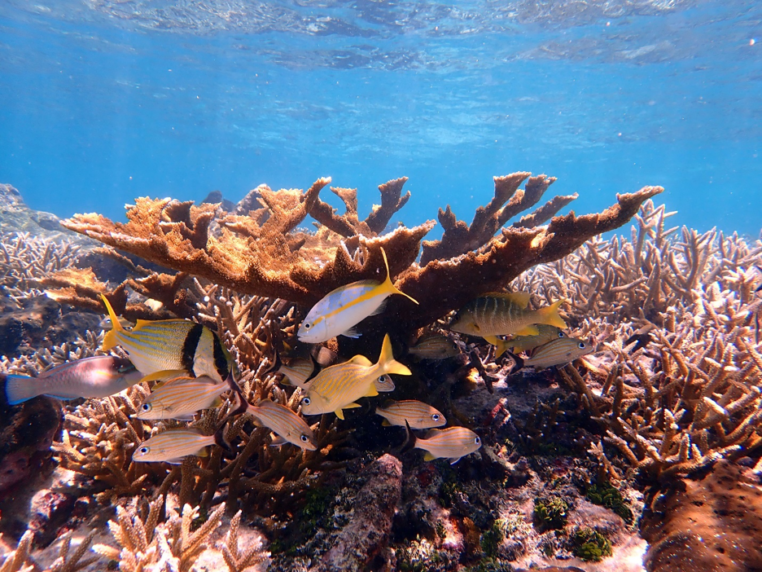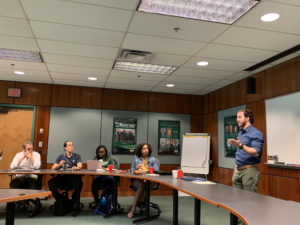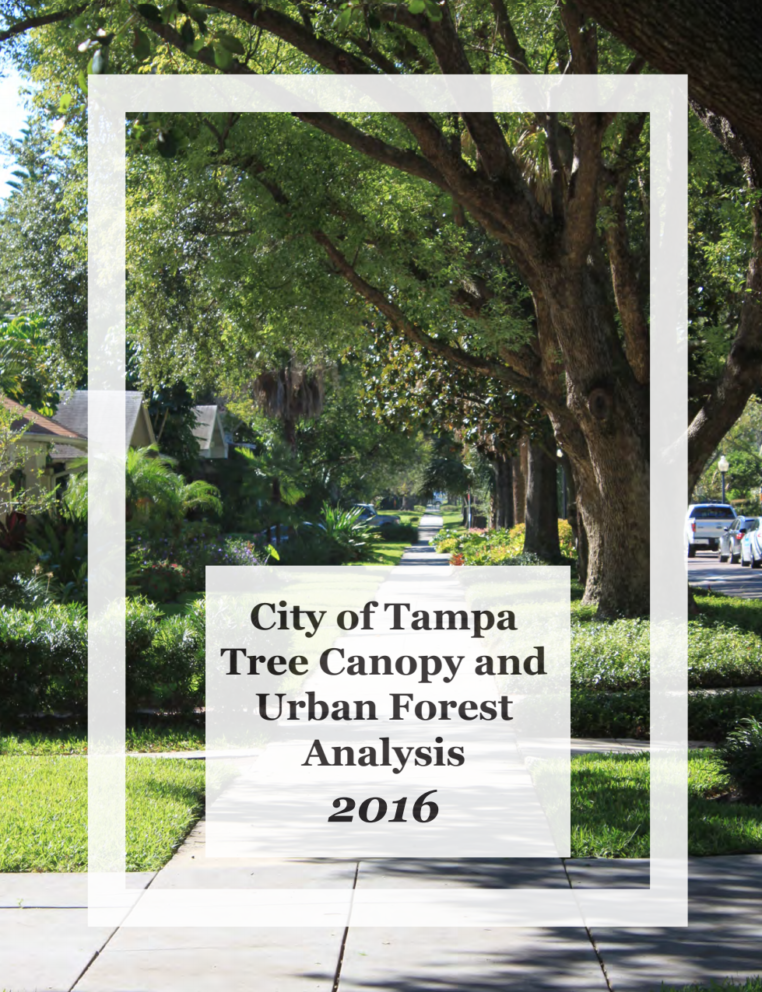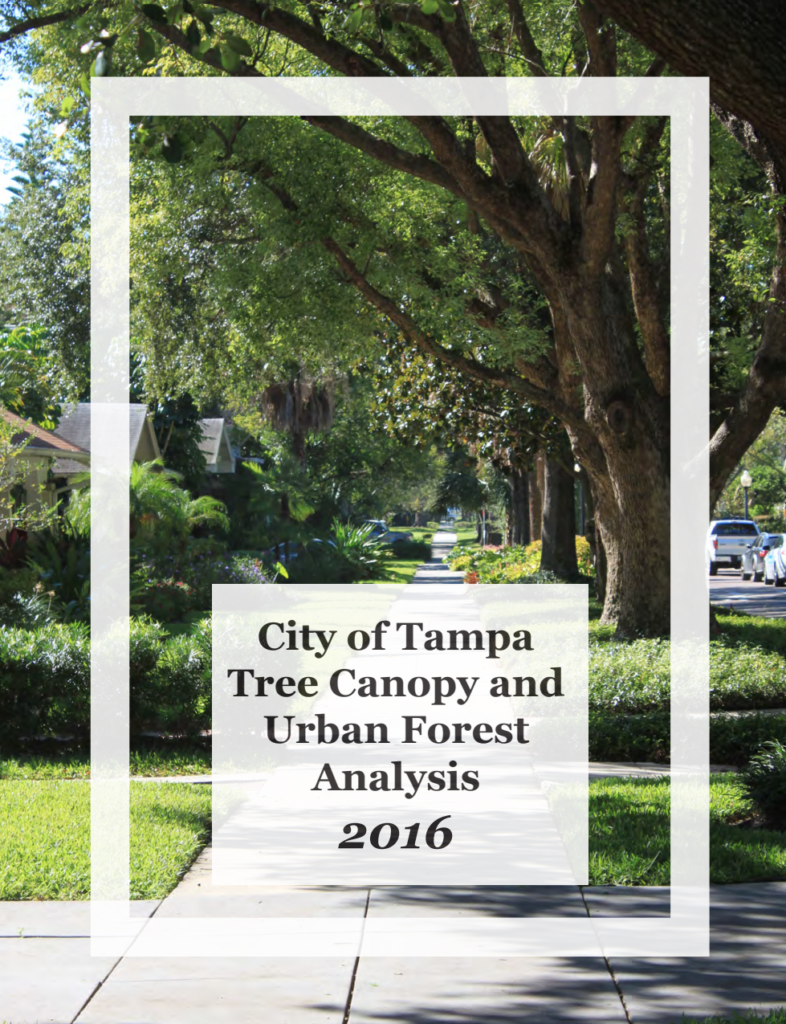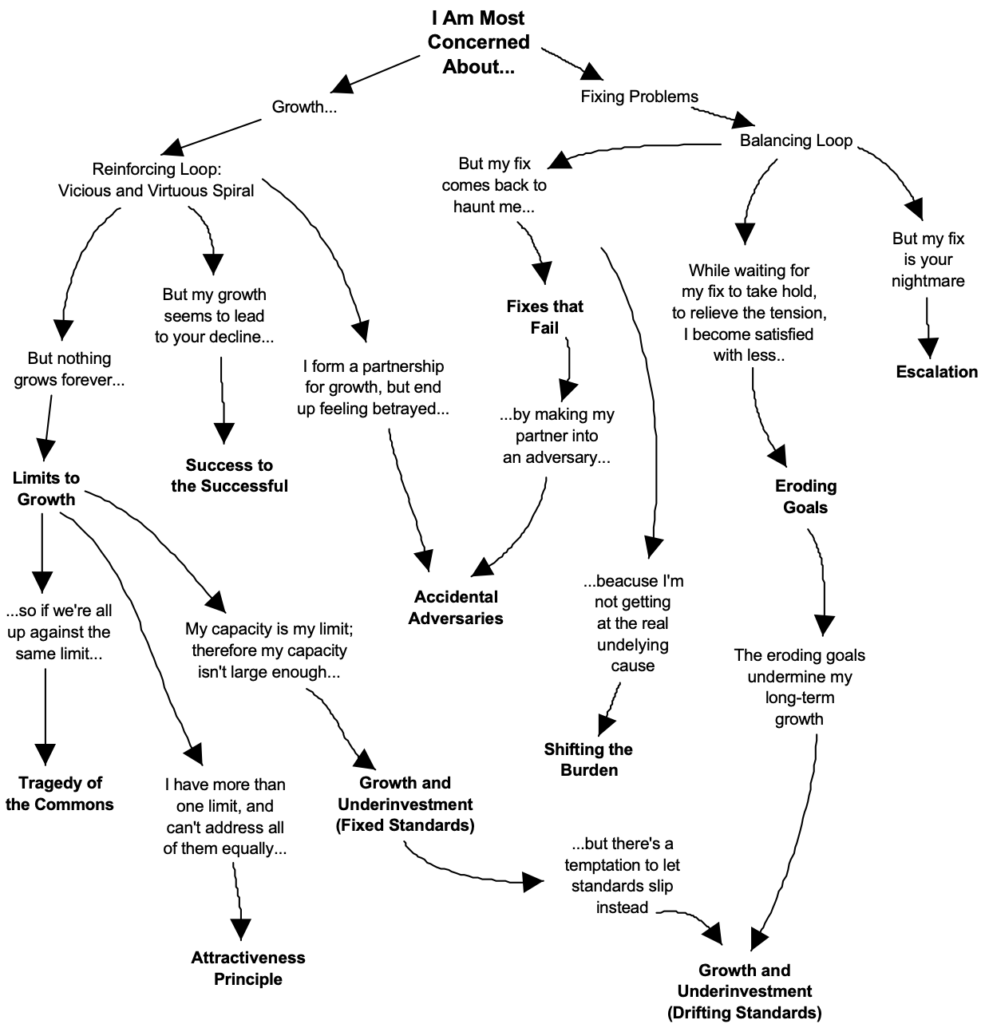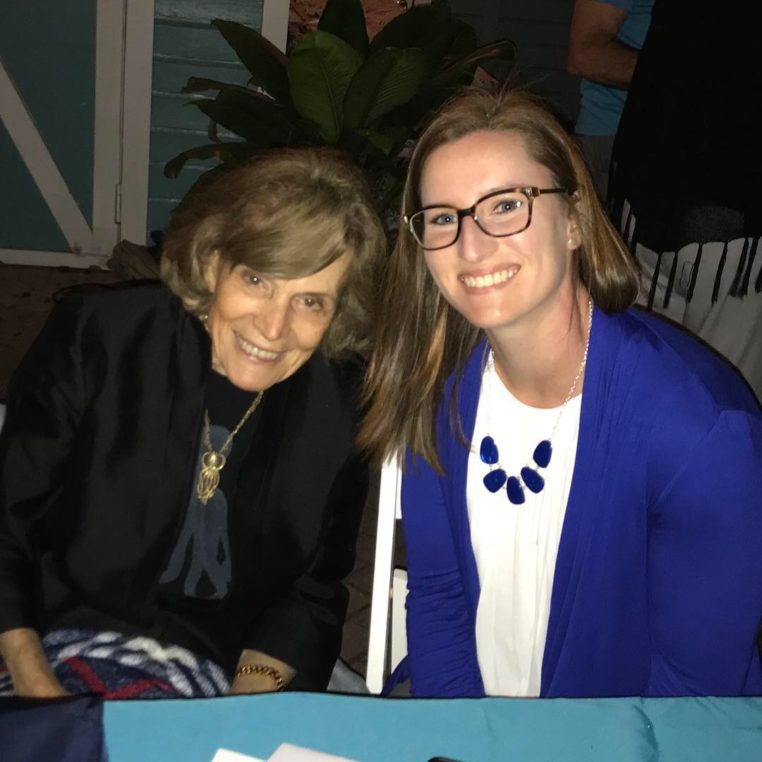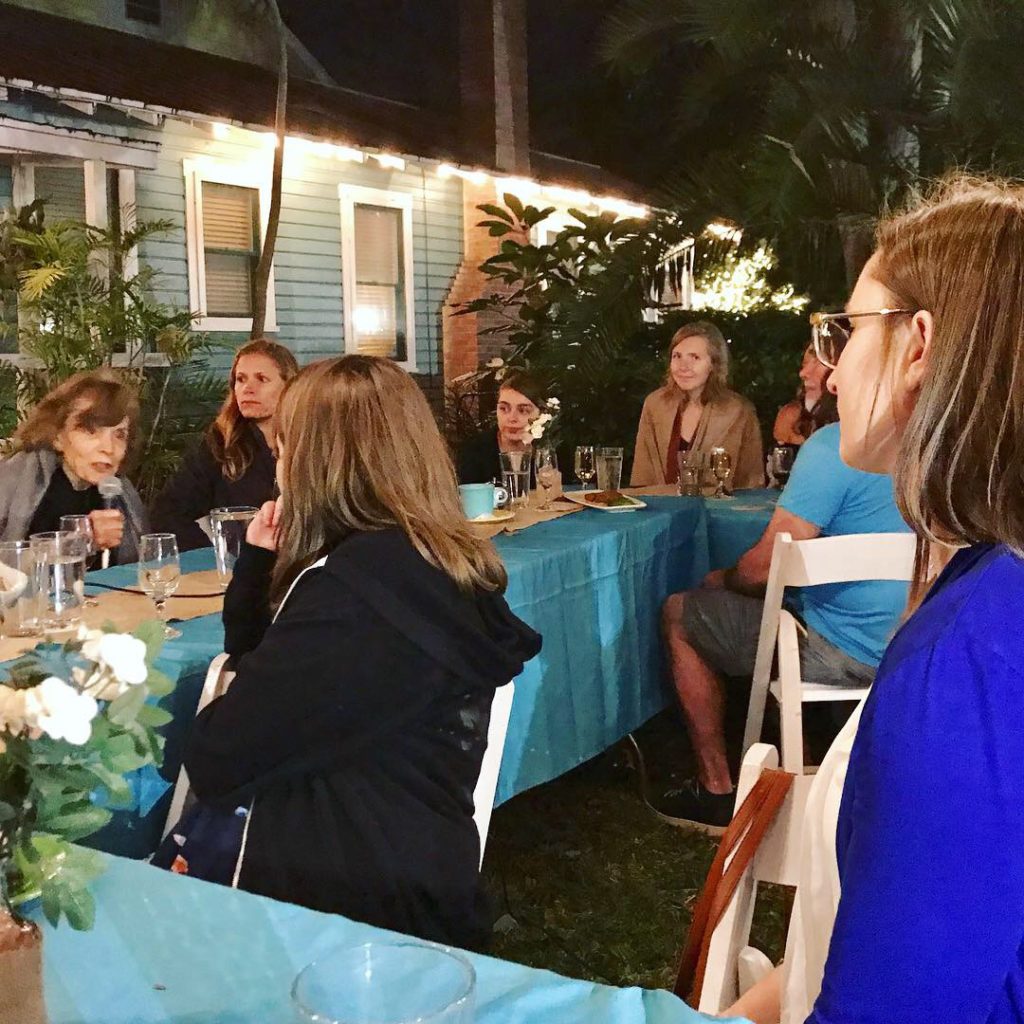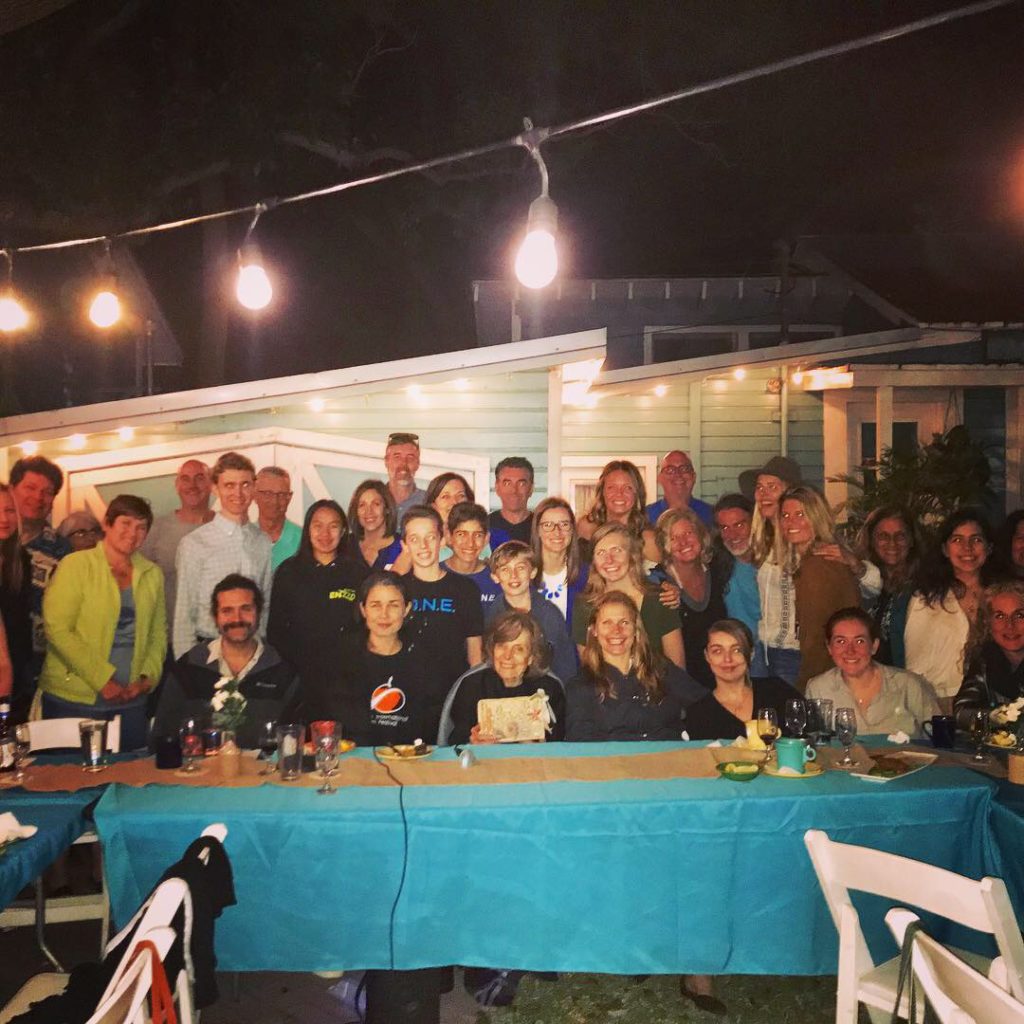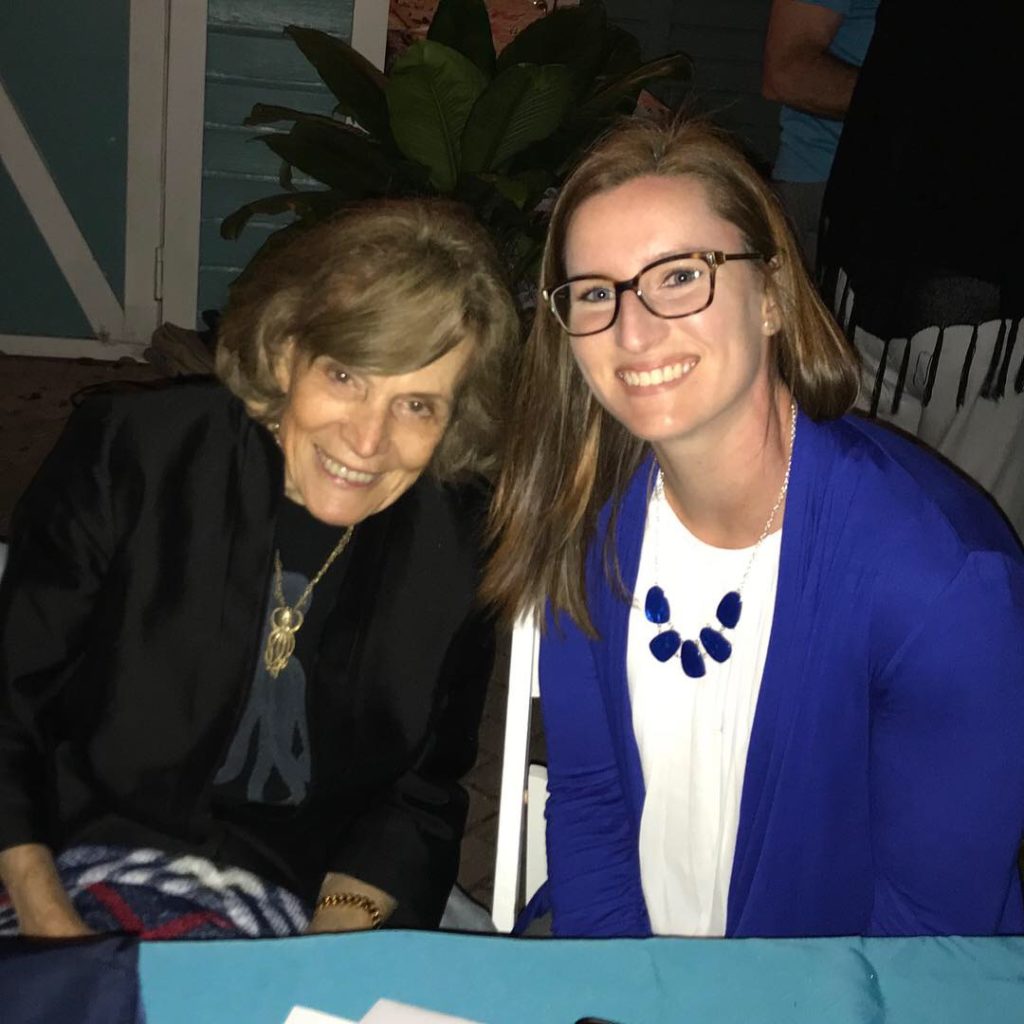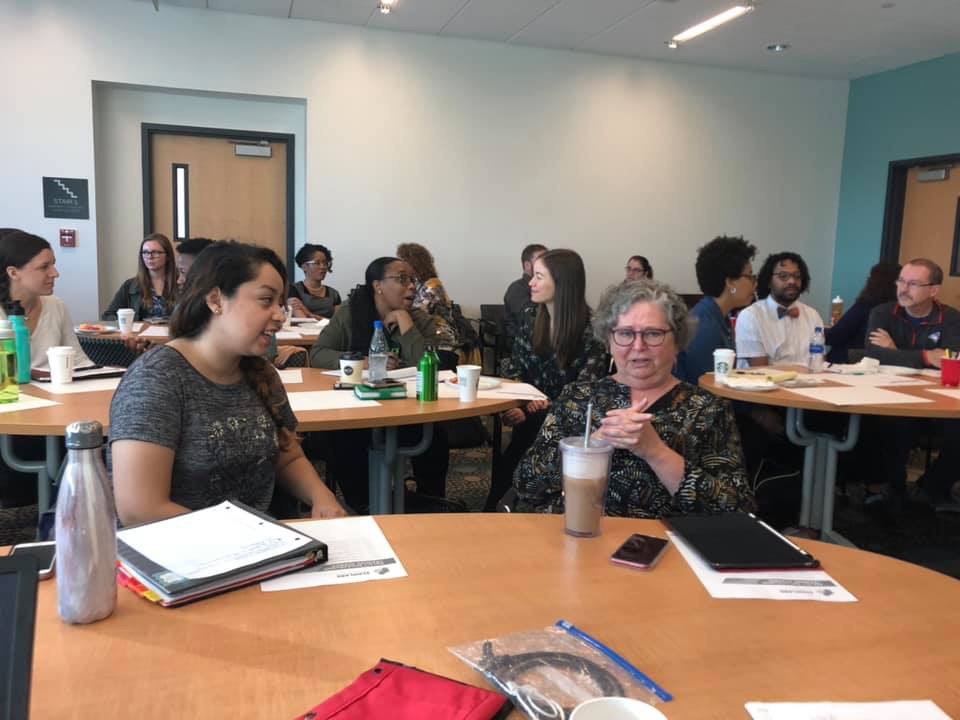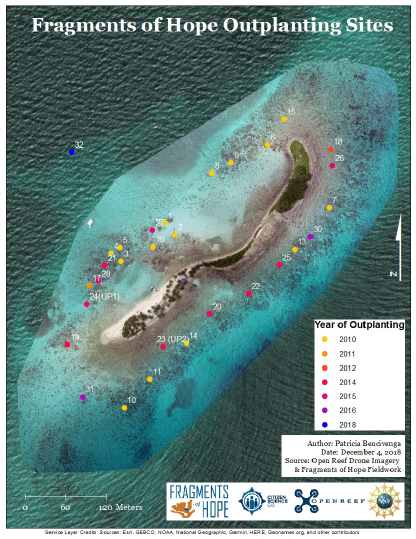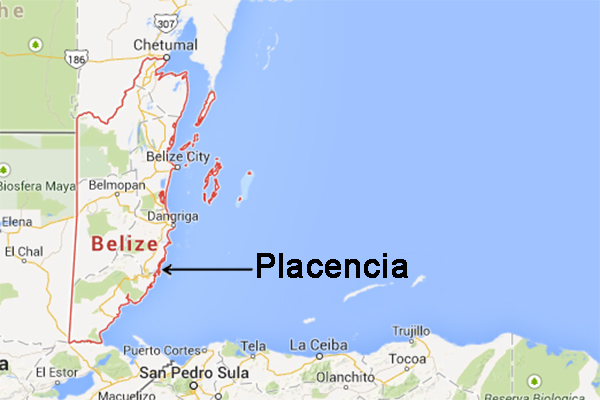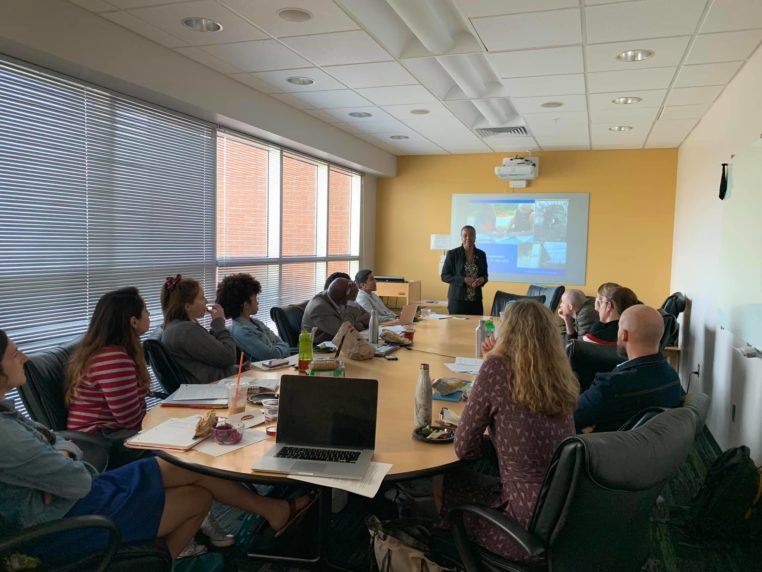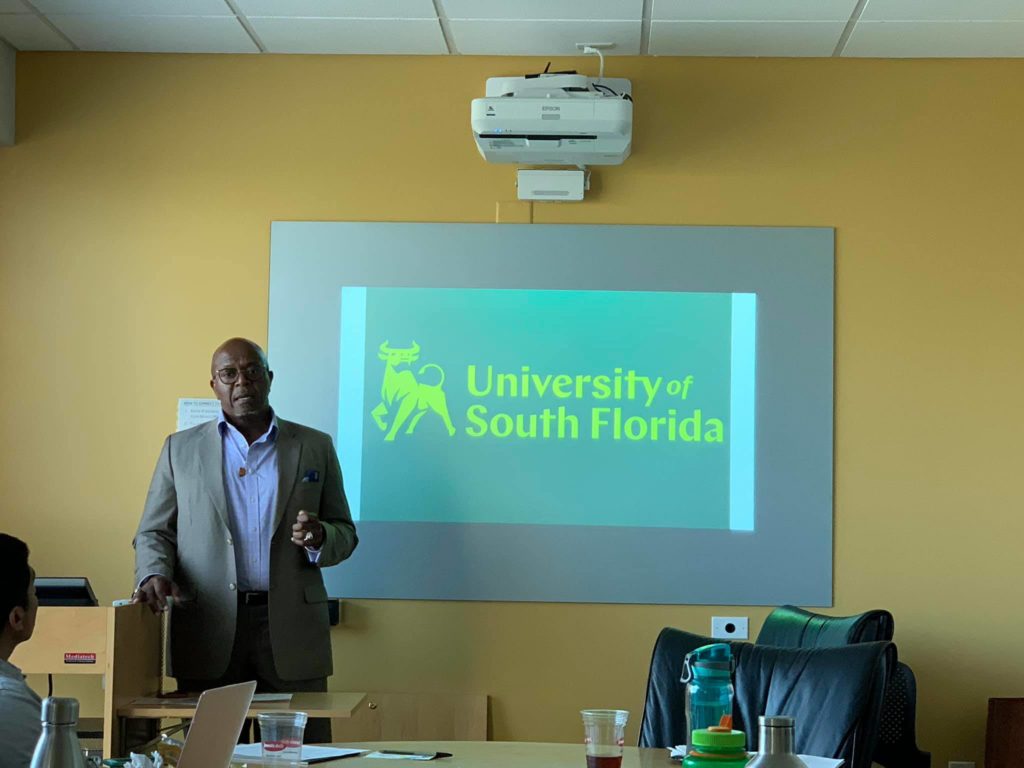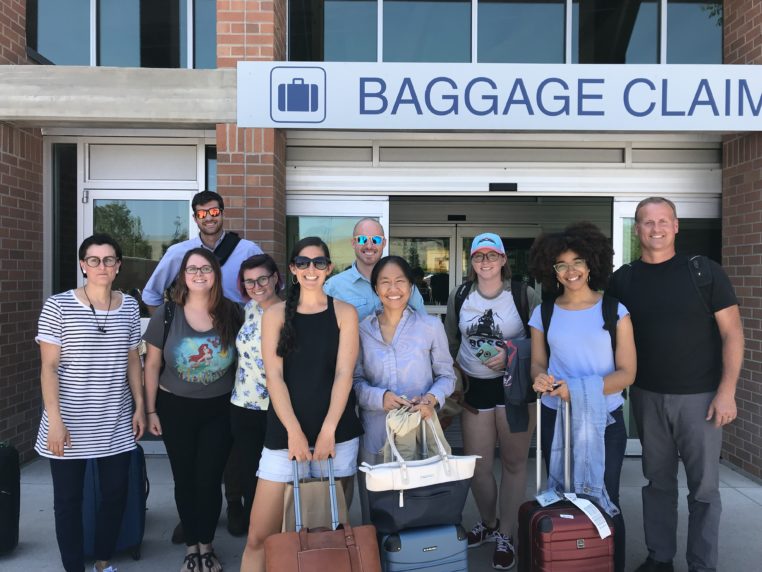Laughing Bird Caye National Park, Belize
By Michelle Platz
On June 2nd, Strong Coasts visited Belize’s Laughing Bird Caye National Park (LBCNP), home to one of the most successful coral restoration sites in the world. In addition to marveling at the immense thickets of coral surrounding the island, the purpose of the team’s visit was to explore the dynamics between food, energy, and water at the caye; we found LBCNP to be the perfect microcosm of the food-energy-water systems we came to Belize to study.

Snorkeling around the island, the innumerable schools of fish clearly demonstrate how the coral restoration work at LBCNP impacts the fish populations there; as Fragments of Hope reminds us on their billboards seen throughout Placencia, Belize, More Corals = More Fish. While Laughing Bird Caye National Park is a no take zone, many of the fish that use the area as a nursery will eventually venture outside the park and become part of the fish stocks that support the Belizean fishing industry.



Water comes into context when considering tourism. The national park attracts numerous visitors, sometimes on the order of 200 snorkelers and divers per day. While the park fees paid by tourists help maintain the health of the caye, with these visitors comes waste water. If unmanaged, waste water negatively impacts the coral by fostering algal blooms which compete with coral for space, light, and chemical resources.

To protect coral from this excess nutrient runoff, the caye’s decentralized wastewater system was recently upgraded with larger tanks and additional treatment steps, however, there may be room for improvement. As for energy, tourists rely on tour boats for transportation to the caye, and the boat fuel used to get there constitutes the largest energy requirement and financial expense incurred by many seafarers. Additionally, the non-renewable fossil fuels used to get to the caye contribute to the greenhouse gasses driving global warming and ocean acidification, which impose stress on coral.

In short, much can be learned from the dynamics of this minute yet complex system. Optimizing the operation of Laughing Bird Caye National Park may give way to insights on how larger systems, such as the Placencia Peninsula, could likewise be optimized to benefit both the people and the ecosystems in which we are a part.
About the Author. Michelle Platz is an Environmental Engineering PhD student at University of South Florida whose dissertation research applies engineered environmental monitoring technology to reef restoration efforts to improve coral mariculture and transplant techniques. She is working with a suite of previously developed monitoring technologies known as the Benthic Ecosystem and Acidification Measurement System, or BEAMS for short. She is using BEAMS to quantify coral metabolism in situ: the processes involved in cycling carbon for coral calcification and biomass production. By improving restoration practitioners’ understanding of the metabolic, environmental, and hydrodynamic processes which drive coral growth within nurseries, she hopes to gain a better understanding of how to develop more robust, storm-resilient coral restoration initiatives in the shortest amount of time.
STRONG COASTS is supported by a National Science Foundation Collaborative Research Traineeship (NRT) award (#1735320) led by the University of South Florida (USF) and the University of the Virgin Islands (UVI) to develop a community-engaged training and research program in systems thinking to better manage complex and interconnected food, energy, and water systems in coastal locations. The views expressed here do not reflect the views of the National Science Foundation.

